Maximizing Pet Care: Putting Your Dog First with Expert Tips
As pet owners, we all want to provide the best care for our furry friends. But with so much information out there, it can be overwhelming to know where to start. That’s why we’ve gathered expert tips on how to put your dog first and maximize their care. From nutrition to exercise, we’ll explore all aspects of pet care and share insights that will help you become a better pet parent. Get ready to take your dog’s well-being to the next level!
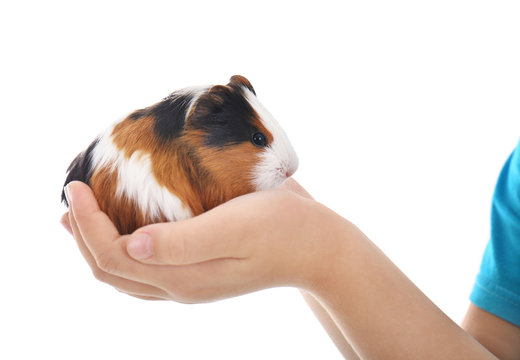
The Importance of Putting Your Dog First in Pet Care
Putting Your Dog First in pet care is not just a matter of being a responsible pet owner, but it is also a way to show your furry friend how much you love and care for them. By prioritizing your dog’s needs, you can ensure that they live a happy and healthy life. This means making sure that their basic needs are met, such as providing them with proper nutrition, exercise, and a safe environment. It also means understanding their behavior and body language so that you can communicate effectively with them. As a dog owner, it is important to recognize that your dog relies on you for everything, and it is your responsibility to make sure that they are well taken care of. By putting your dog first, you can build a strong bond with your furry friend that will last a lifetime.
5 Expert Tips for Prioritizing Your Dog’s Needs
Dog first, always. Our furry friends rely on us for everything, so it’s crucial that we prioritize their needs above our own. Here are five expert tips to help you do just that:
-
Stick to a routine: Dogs thrive on predictability and structure, so establish a daily routine for feeding, exercise, playtime, and sleep.
-
Invest in quality food: Providing your dog with high-quality food is paramount to their health and well-being. Look out for key ingredients like protein from whole meats or fish.
-
Regular vet check-ups: Keeping up with regular appointments can help detect any issues early on before they become more serious problems.
-
Mental stimulation: Engaging your dog’s mind through mental exercises such as puzzle toys or training sessions can prevent boredom and decrease the likelihood of destructive behavior.
-
Avoid punishment-based training methods: Positive reinforcement is an effective way to train dogs without causing fear or anxiety which often leads into aggressive behaviors later on in life.
Implementing these tips will not only improve your dog’s overall happiness but also deepen the bond between you two!
How to Create a Safe and Comfortable Home Environment for Your Dog
Safe and Comfortable Home Environment for Your Dog
Creating a safe and comfortable home environment is crucial for your dog’s well-being. Dog-proofing your home is the first step to ensuring their safety. Keep hazardous items such as cleaning supplies, sharp objects, and small toys out of reach. Provide a comfortable space for your dog to rest, such as a cozy bed or crate. Make sure your dog has access to fresh water at all times.
In addition to safety, consider your dog’s comfort. Temperature control is important – keep your home at a comfortable temperature and provide adequate ventilation. Consider investing in a good quality air purifier to keep the air clean and fresh.
Your dog also needs mental stimulation, so provide plenty of toys and activities to keep them entertained. Rotate toys regularly to prevent boredom. Finally, make sure your dog has access to natural light and fresh air by opening windows or taking them outside regularly. By creating a safe and comfortable home environment, you can ensure that your furry friend is happy and healthy.
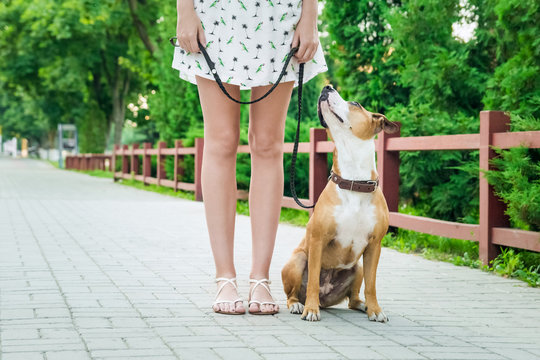
Understanding Your Dog’s Body Language: Best Practices for Communication
Reading Your Dog’s Body Language: Understanding the Signs
When it comes to communicating with your dog, understanding their body language is key. Dogs communicate through their body posture, facial expressions, and vocalizations. It’s important to pay attention to these cues in order to understand how your dog is feeling and what they need.
Some important signs to look for include tail wagging, which can indicate happiness or excitement; yawning or licking lips, which can suggest stress or anxiety; and raised hackles (the fur along their spine), which can mean they are feeling threatened.
Other signs of discomfort may include ears pinned back against the head, a tucked tail between the legs, or avoiding eye contact. By paying close attention to your dog’s body language and responding accordingly, you can create a strong bond built on trust and understanding – putting your dog first in all aspects of pet care.
Communicating with Your Dog: The Importance of Non-Verbal Cues
Understanding your dog’s body language is crucial for effective communication and building a strong bond. Dogs use various non-verbal cues to express their emotions, needs, and desires. It’s important to pay attention to their body posture, facial expressions, and tail movements to understand what they’re trying to convey. Eye contact is also a significant factor in dog communication. Direct eye contact can be seen as a challenge or threat, while avoiding eye contact can indicate fear or submission. Consistency in your own body language is also important, as dogs can easily pick up on subtle changes in your tone and demeanor. By learning to read and respond appropriately to your dog’s non-verbal cues, you can strengthen your relationship and ensure that their needs are being met.
Interpreting Common Behaviors: What Your Dog is Trying to Tell You
As a responsible pet owner, it is crucial to understand your dog’s body language and behaviors. By doing so, you can effectively communicate with your furry friend and provide the necessary care they need. Some common behaviors include tail wagging, barking, and growling. A slow wagging tail indicates relaxation while a frantic wag suggests excitement or stress. Barking can be both friendly or defensive depending on the tone of voice used – high-pitched barks show enthusiasm while low growls signal aggression.
Keep in mind that every dog is unique with their quirks and personalities; what works for one may not work for another. Observing these key phrases regularly will help you better understand your pup’s needs and improve communication between yourself and your beloved companion!
Tips for Effective Communication: Building a Stronger Bond with Your Pet
Understanding your dog’s body language is crucial in building a strong bond with your furry friend. Nonverbal cues such as tail wagging, ear positioning, and body posture can tell you a lot about how your dog is feeling. Consistency in your own body language and tone of voice can also help your dog understand what you are trying to communicate. Always pay attention to your dog’s reactions and adjust accordingly. Remember to be patient and avoid punishment-based training methods, as they can damage the trust between you and your pet. By communicating effectively, you can create a deeper connection with your dog and ensure their needs are met.

Dietary Must-Haves: Ensuring the Right Nutrition for a Healthy Pup
Understanding Your Dog’s Nutritional Needs: A Guide to Essential Nutrients
Right Nutrition is essential for your dog’s overall health and well-being. Apart from protein, fat, and carbohydrates that form the basis of their diet, dogs need other essential nutrients like vitamins and minerals in adequate amounts. Lack or excess of these nutrients can cause several health problems ranging from skin issues, weak bones to even death.
Some examples include Vitamin A for good vision, Vitamin C for strengthening the immune system and calcium for strong bones. Consult a veterinarian to create a balanced meal plan with recommended amounts of each nutrient specific to your dog’s breed and age. Don’t rely solely on commercial pet food labels as they may miss out on certain key ingredients required by your furry friend.
Choosing the Best Diet for Your Pup: Tips from Veterinarians and Nutritionists
Your dog’s diet plays a critical role in their overall health and well-being. To ensure the right nutrition for your pup, it is important to consult with veterinarians and nutritionists who can help you choose the best diet tailored to meet your furry friend’s specific needs. When selecting a pet food, check the ingredients list to make sure it contains high-quality protein and essential nutrients such as Omega-3 fatty acids, fiber, vitamins, and minerals. Avoid foods that contain fillers or artificial preservatives which can harm your pet’s digestive system over time. Pay attention to portion sizes according to age, breed size, activity level of your dog. A balanced diet combined with ample exercise can lay down the foundation of good health for years down the line – always remember this important tip when selecting food for maximum care!
Homemade vs Store-Bought Dog Food: Pros, Cons and What You Need to Know
When it comes to dog nutrition, one of the biggest decisions you’ll make is whether to feed your pup homemade or store-bought food. Homemade dog food allows you to control the ingredients and tailor the diet to your dog’s specific needs. However, it can be time-consuming and requires careful planning to ensure your dog gets all the necessary nutrients. On the other hand, store-bought dog food is convenient and often meets all of your dog’s nutritional needs. However, some brands may contain fillers or low-quality ingredients that can be harmful to your furry friend’s health. It’s important to do your research and consult with a veterinarian before making a decision.
Supplements for a Healthy Pup: Experts Weigh in on Vitamins, Probiotics and More
Experts agree that a balanced diet is crucial for your dog’s health and well-being. In addition to high-quality protein, healthy fats, and complex carbohydrates, vitamins and probiotics can also play a key role in ensuring your pup’s optimal nutrition. Vitamin supplements can help fill any nutritional gaps in your dog’s diet, while probiotics can aid in digestion and boost their immune system. However, it’s important to consult with your veterinarian before introducing any new supplements to your dog’s diet. They can recommend the right dosage and type of supplement based on your dog’s specific needs and health history. By prioritizing proper nutrition, you can help ensure a long and healthy life for your furry friend.

Creating Effective Training Routines to Maximize Pet Care
Effective Training Routines are essential for maximizing pet care and ensuring your dog’s overall wellbeing. Consistent training helps build a strong bond between you and your furry friend while also providing mental stimulation. Start with basic obedience commands like ‘sit,’ ‘stay,’ and ‘come’ but move onto more advanced tricks as their skills grow.
One key to successful training is positive reinforcement, rewarding good behavior instead of punishing bad behavior. Treats, praise, or playtime can all be used as rewards. Consistency is another crucial aspect of effective training routines; set a regular schedule that works for both you and your pup.
It’s important to remember that each dog is unique, so be patient if it takes longer for some pups to learn than others. Seek out professional help if needed or consider group training classes where your dog can interact with other dogs and humans outside the home setting. With time, patience, consistency, perseverance, love -and treats-, you’ll enjoy an obedient furry companion who understands what a good boy/girl should do!
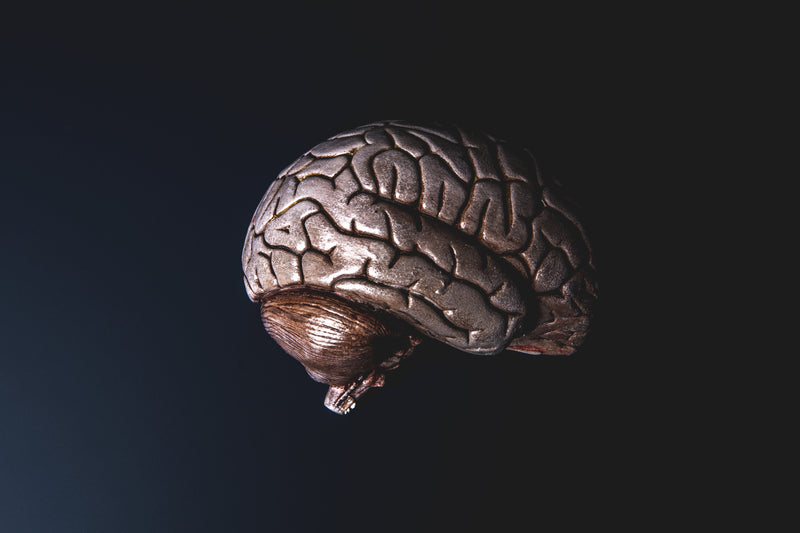
Making Exercise Fun and Rewarding: Activating Brain & Body Together
Regular exercise is vital to maintain your dog’s physical health, but it can also be a great way to improve their mental state. One effective strategy to maximize pet care is by making exercise more enjoyable for your furry friend. Incorporate interactive playtime sessions using toys or agility equipment like hurdles and tunnels that activate both their body and brain.
Training routines like fetch or hide-and-seek stimulate problem-solving skills while providing physical exertion. Additionally, taking your dog on outdoor walks in new places encourages exploration and helps them burn off energy.
Rewards are crucial when it comes to reinforcing good behavior during exercise sessions. Treats or praise after successfully completing an activity will make the experience more rewarding for dogs, which increases their motivation levels.
Overall, incorporating fun games into regular exercise schedules will help enhance the overall well-being of your furry friend by keeping them physically fit as well as mentally stimulated.
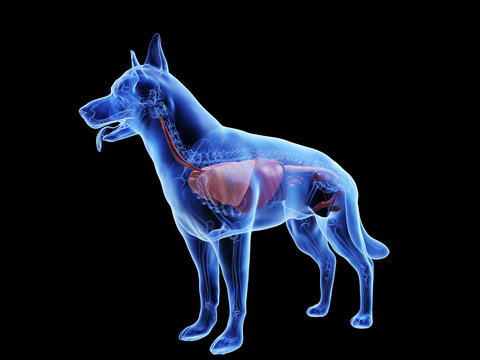
Common Health Issues that Affect Dogs, and How You Can Address Them Early On
As a responsible pet owner, it’s crucial to be aware of the common health issues that can affect your furry friend. Some of the most common health problems in dogs include obesity, dental issues, allergies, arthritis, and skin infections. Early detection is key to addressing these issues before they become more serious.
Regular check-ups with your veterinarian can help catch any potential health problems early on. Keeping your dog at a healthy weight through proper diet and exercise can prevent obesity-related health issues. Regular teeth brushing and dental cleanings can prevent dental issues. Identifying and avoiding allergens can help manage allergies. Providing joint supplements and low-impact exercise can help manage arthritis.
It’s important to be proactive in addressing any potential health concerns for your dog. By staying informed and taking preventative measures, you can ensure that your furry friend stays healthy and happy for years to come.

Improving Mental Well-Being of your Furry Friend With Various Engagements
Mental well-being is just as important for pets as it is for humans. Engaging with your furry friend through various activities can greatly improve their overall mood and behavior. Interactive games such as hide-and-seek or puzzle toys are great mental stimulators that also provide physical exercise. Taking your dog on new adventures, like a hike in the woods or a trip to the beach, can help stimulate their senses and reduce stress levels. Additionally, socialization with other dogs and humans is crucial to maintaining good mental health. Joining a local dog park or scheduling playdates with friends’ dogs can aid in preventing feelings of loneliness or anxiety in your pet. Remember, keeping your pup mentally engaged and fulfilled leads to a happy and healthy life for both of you!
In conclusion, it’s essential to put your dog first in pet care. By understanding their needs and actively working towards meeting them, you can ensure that your furry friend lives a happy and healthy life. Remember the importance of creating a safe home environment, communicating effectively with your pup, providing proper nutrition and exercise routines, and addressing health issues early on. With these expert tips at hand for maximizing pet care for dogs, you’ll be well-equipped to provide top-notch care for your beloved companion.
If you need any supplies or products to help take care of your furry friend better than ever before, why not visit our shop today? We have everything from high-quality food options to books on dog behavior training that will make both yours and your dog’s life easier! Check out our shop now; we guarantee it’ll be worth it!

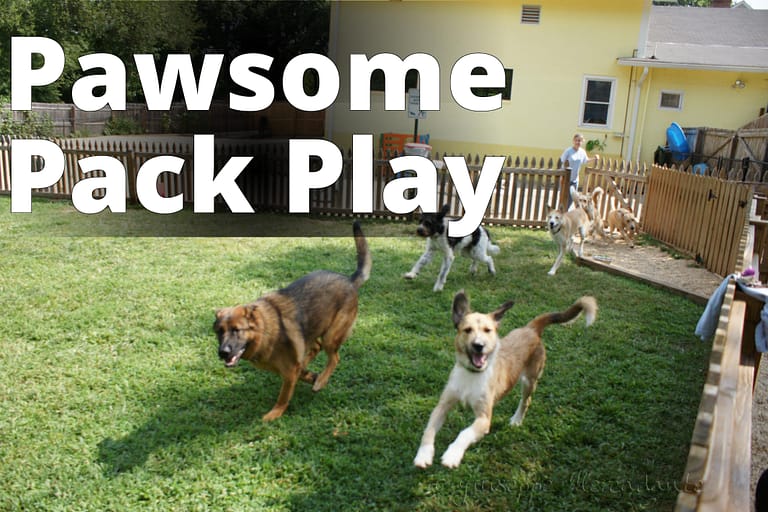
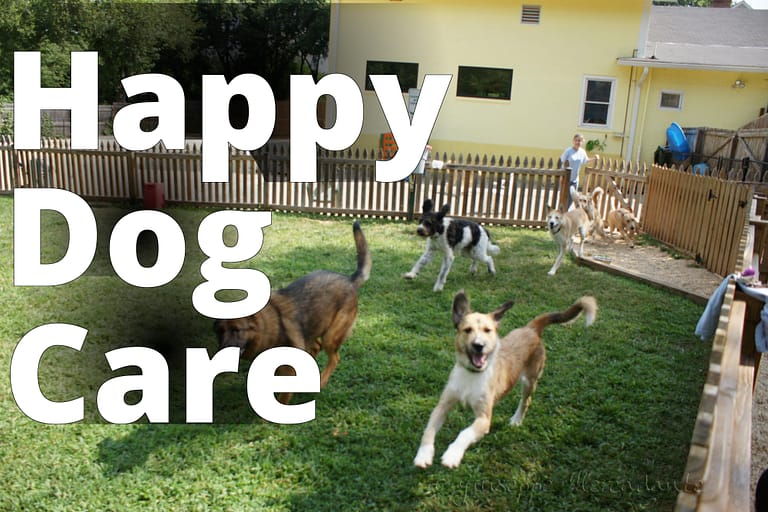

Leave a Reply